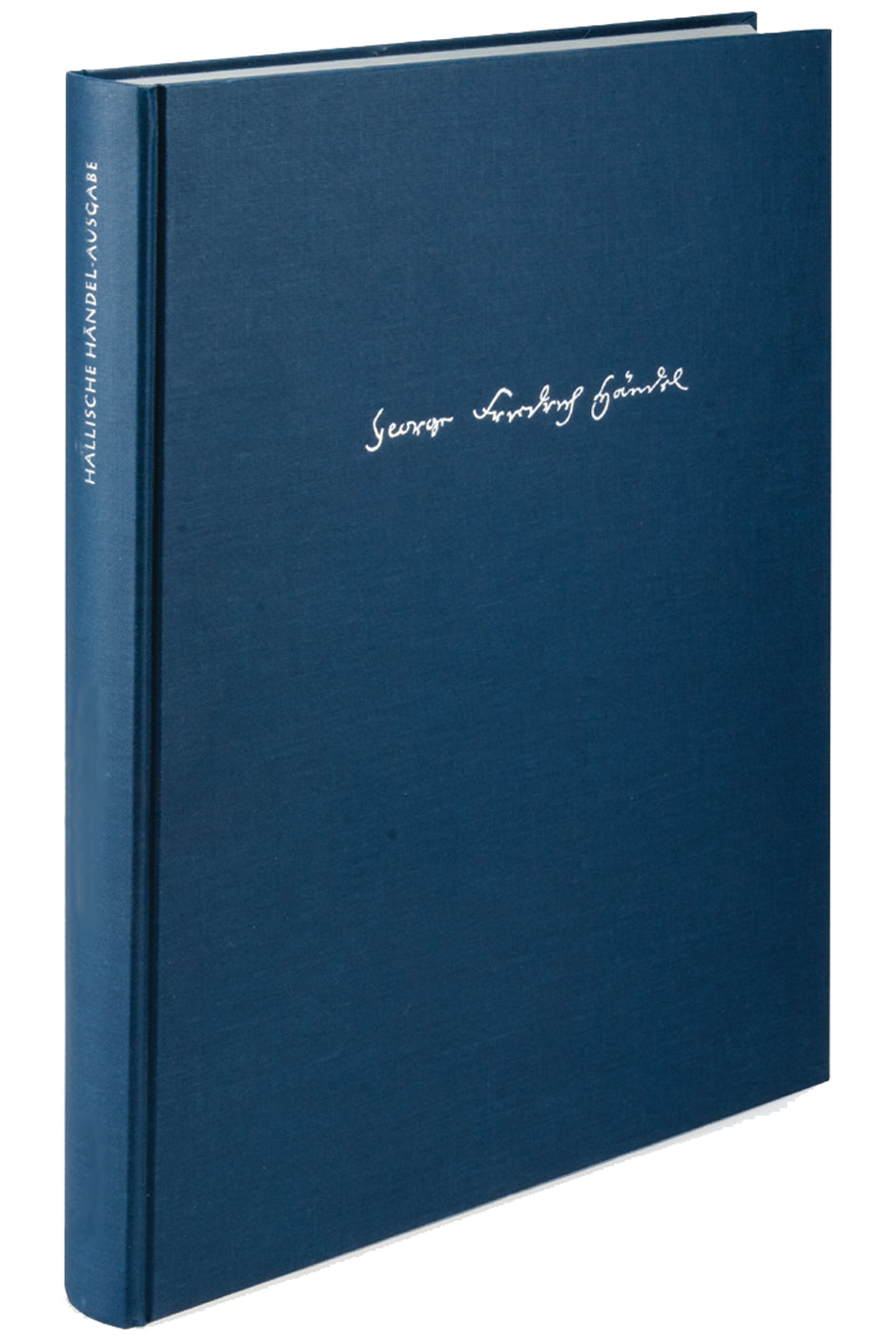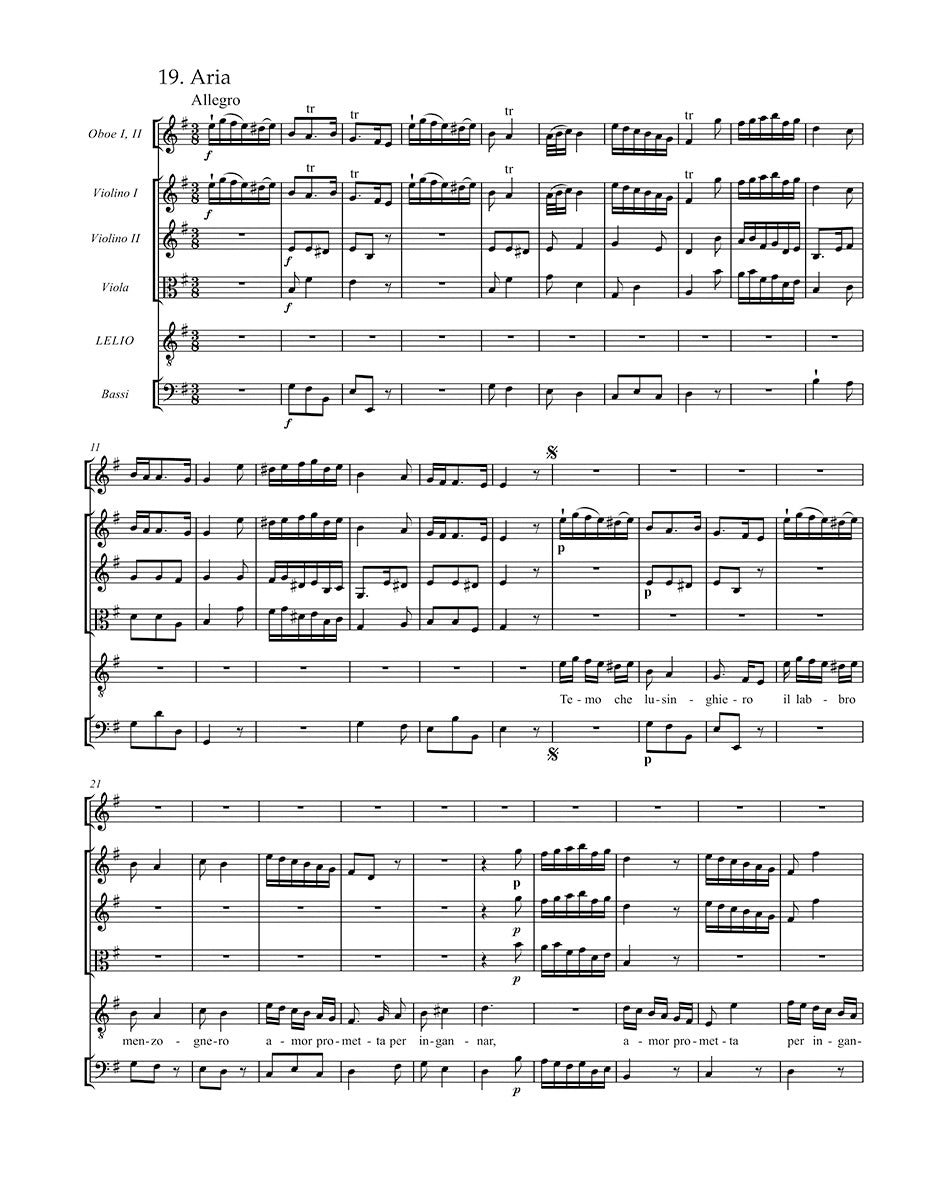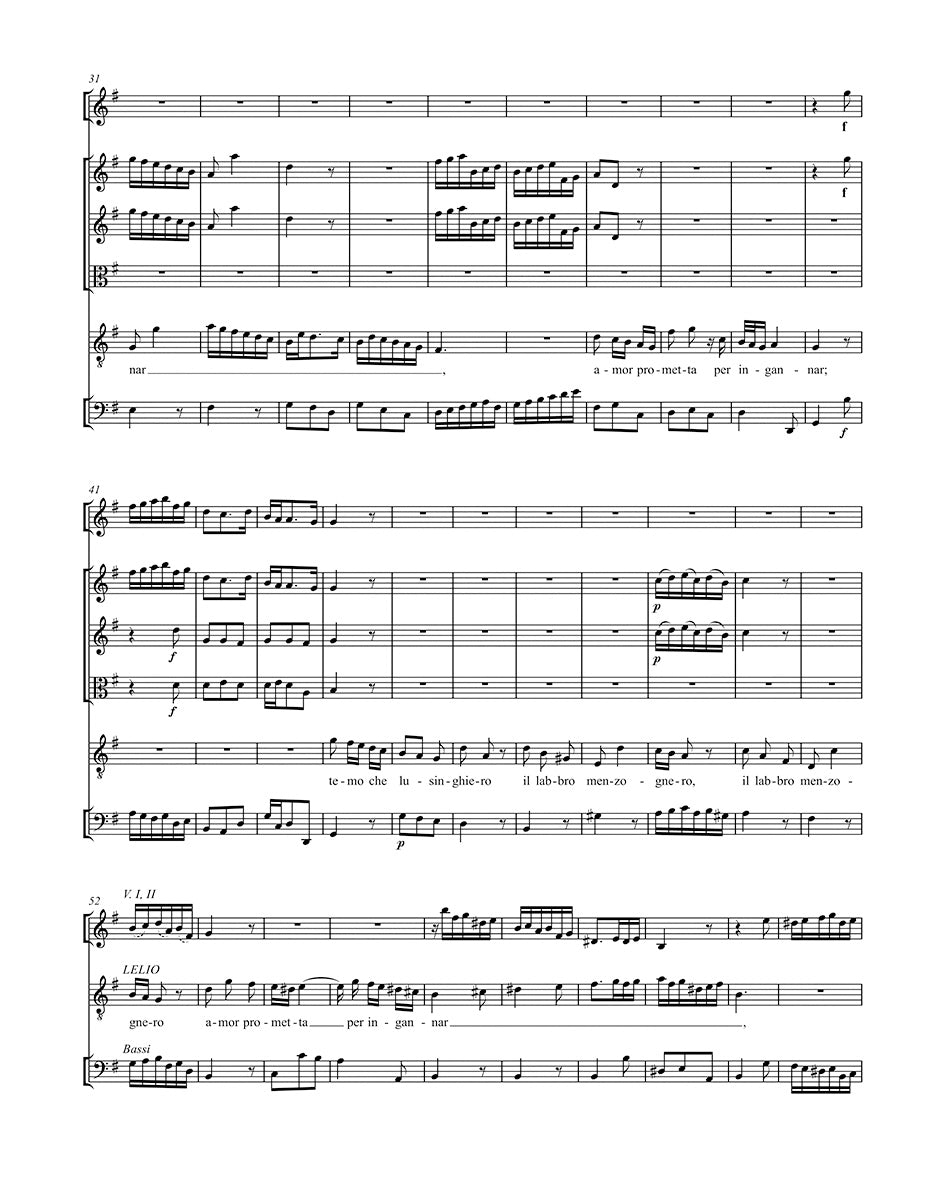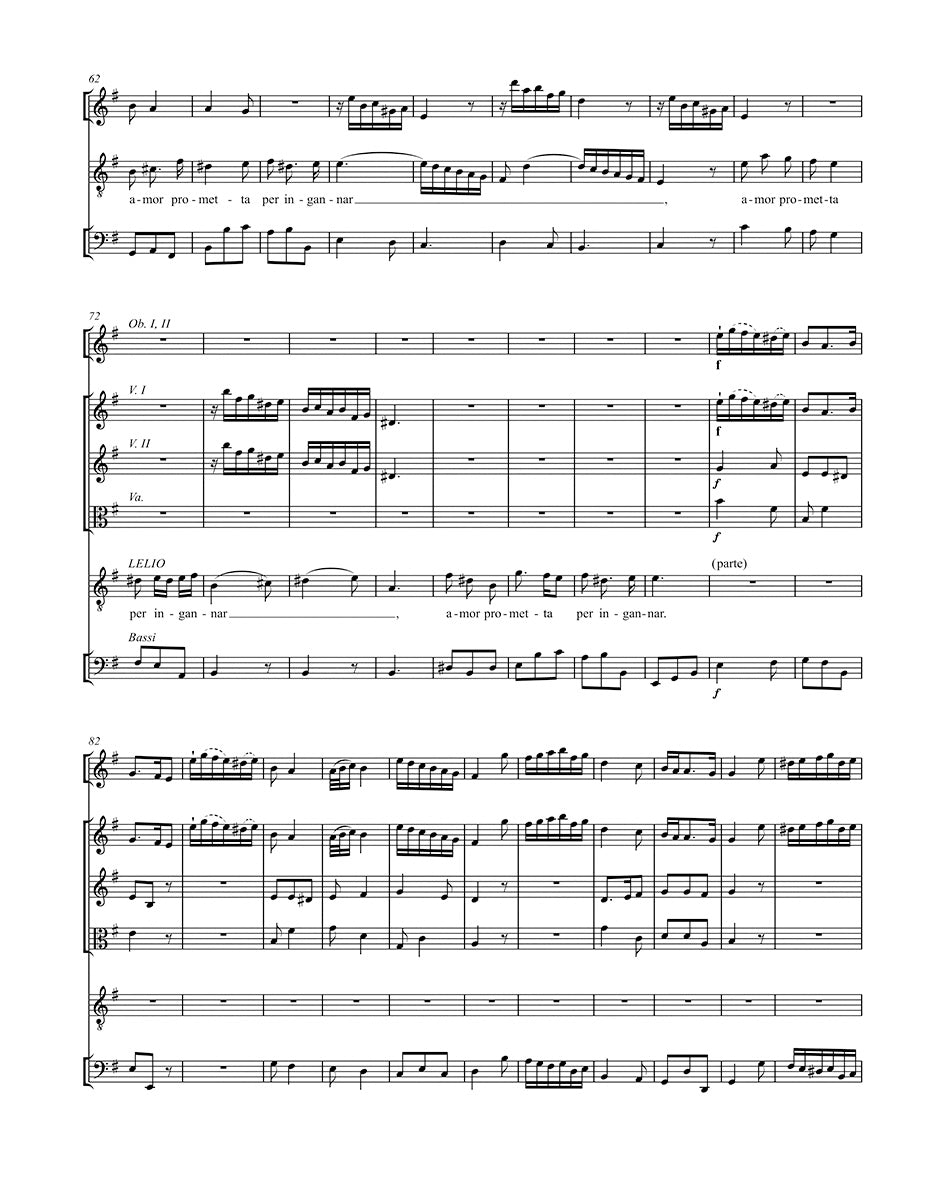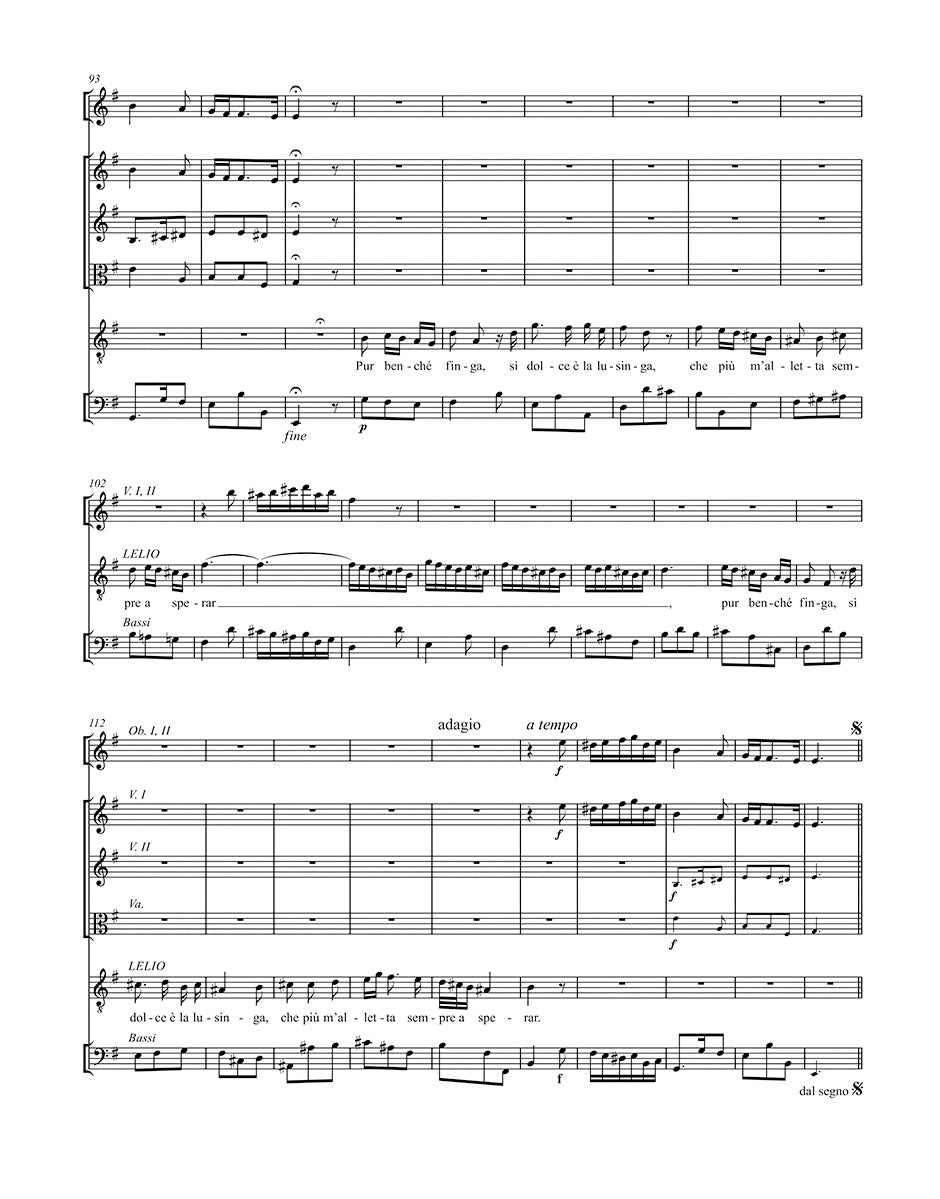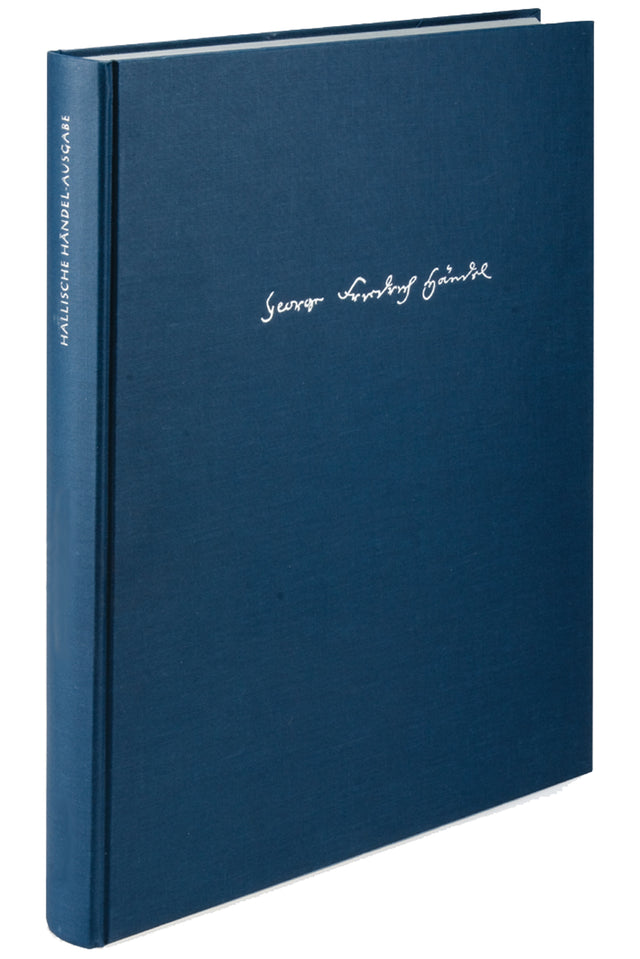Handel: Scipione, HWV 20
Expected to ship in about a week.
- Composer: George Frideric Handel (1685-1759)
- Format: Full Score – Complete Edition
- Instrumentation: Opera
- Work: Scipione, HWV 20
- Binding: Hardcover
- ISMN:
- Size: 10.4 x 13.0 inches
- Pages: 397
Description
When the librettist Paolo Rolli and George Frideric Handel composed an Italian opera about Scipio's conquest of the Iberian port city of Carthago Nova in 1726, these events from 209 BC were already almost two thousand years in the past. Research on the critical edition of the opera "Scipione" in the Halle Handel Edition suggests that the librettist and composer had something special in mind with the traditional subject matter. Their opera, created for the Royal Academy of Music in February/March 1726, was by no means just a stopgap in the repertoire, as was previously believed – in contrast to "Alessandro", which was performed in April; Handel wanted to juxtapose the two most famous generals of antiquity, Alexander the Great and Scipio Africanus, and emphasize their (sometimes only apparent) renunciation of despotism among their glorious deeds.
At the opera's premiere in 1726, the virtuoso duo Cuzzoni/Senesino captivated the audience with their highly dramatic and dialogue-like, sometimes tragic arias. Rolli's Scipione (sung by alto castrato Antonio Baldi) was the first operatic hero of this historical material to do good for his own sake and not just forced by circumstances (like Alessandro) or out of political calculation. This dramaturgical approach opens up new perspectives on the musical portrayal of love, honour, violence and sacrifice in this rarely performed masterpiece.
The edition reconstructs the version of the premiere from the no longer complete autograph score and the later altered director's score. Handel had composed too much despite – or perhaps because of – a lack of time; four arias of the highest quality which were omitted and several early versions are published in the edition, some for the first time. Handel added no fewer than 14 newly composed interludes to a second version of the opera from 1730. The edition makes this second version fully performable. As the title role was intended for a tenor in 1730, some of the recitatives missing from the director's score have been adapted for this voice part. Although a decisive monologue by Scipione has been deleted in this version, his character is now more credible.
Publishers use a lot of words to describe what they sell, and we know it can be confusing. We've tried to be as clear as possible to make sure you get exactly what you are looking for. Below are descriptions of the terms that we use to describe the various formats that music often comes in.
Choral Score
A score for vocalists that only contains the vocal lines. The instrumental parts are not there for reference. Generally, cheaper than a vocal score and requires multiple copies for purchase.
Facsimile
Reproductions of the original hand-written scores from the composer.
Full Score
For ensemble music, this indicates that the edition contains all parts on a single system (there are not separate parts for each player). In larger ensembles, this is for the conductor.
Hardcover
Hardbound. Generally either linen-covered or half-leather.
Orchestral Parts
Similar to a wind set, this is a collection of parts. In the case of strings, the numbers listed are the number of copies included, though generally these are available individually (often with minimum quantities required).
Paperback
When publishers offer multiple bindings (e.g. hardcover) or study scores, this is the "standard" version. If you're planning to play the music, this is probably what you want.
Performance / Playing Score
A score of the music containing all parts on one system, intended for players to share. There are not separate parts for each player.
Set of Parts
For ensemble music, this indicates that there are separate individual parts for each player.
Solo Part with Piano Reduction
For solo pieces with orchestra, this is a version that contains a piano reduction of the orchestra parts. For piano pieces, two copies are typically needed for performance.
Study Score
A small (think choral size) copy of the complete score meant for studying, and not playing. They make great add-ons when learning concertos and small chamber works.
Vocal Score
A score prepared for vocalists that includes the piano/organ part or a reduction of the instrumental parts.
Wind Set
For orchestral music, this is a collection of wind and percussion parts. The specific quantities of each instrument are notated.
With Audio
In addition to the printed music, the edition contains recordings of the pieces. This may be an included CD, or access to files on the internet.
With / Without Fingering (Markings)
Some publishers prepare two copies - a pure Urtext edition that includes no fingering (or bowing) suggestions and a lightly edited version that includes a minimal number of editorial markings.

